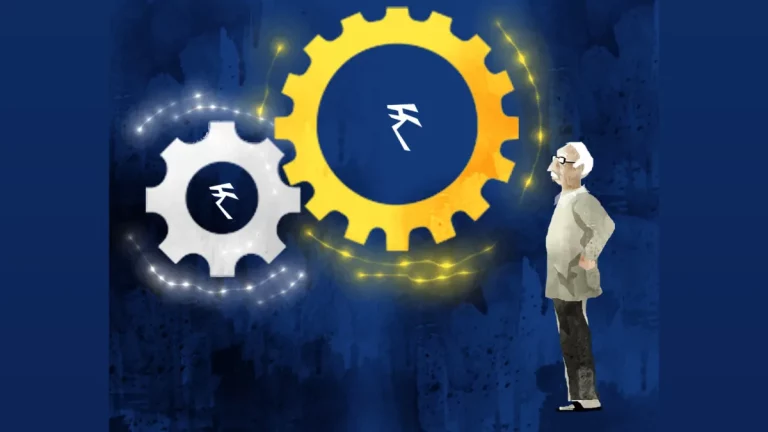Swap Markets Across Asia Indicate Increased Bets on Rate Cuts as Dollar Slides
Swap markets in Asia are reflecting a moderate improvement in interest-rate cut expectations as the U.S. dollar declines, enabling central banks to turn their attention to stimulating economic growth instead of defending their currencies.
Increased Expectations for Policy Easing
India, Malaysia, and Thailand swaps are showing increasing expectation of monetary policy relaxation, as the weaker dollar is bolstering regional currencies. This is giving central banks greater leeway to reduce rates without fear of over-depreciation of currencies.
The pressure for rate reductions is growing with disinflationary trends as inflation data around Asia prompts. In top economies like Indonesia, the Philippines, South Korea, Thailand, Taiwan, China, and India, all February inflation readings were below estimates.
As cooling inflation allows policymakers to favor growth ahead of currency stability, particularly as worries rise regarding possible U.S. tariffs that President Donald Trump will reportedly announce in April.
Impact on Regional Bonds
Market strategists think a change in monetary policy would help local bond markets.
• Thailand: “Recent strength in the baht could provide more room for Bank of Thailand easing, which will underpin Thai bonds,” said Wee Khoon Chong, a BNY strategist in Hong Kong.
• India: Policy easing expected will support Indian bonds, with index inclusion flows also being a driving factor in their direction.
Traders Go Dovish: Must-Watch Charts
Following are three charts which reflect the increased dovish mood in Asian economies:
1. Swap Rate Forecasts – A fall in swap rates across several Asian economies, reflecting increased bets on policy loosening.
2. Currency Strength Index – The depreciation of the dollar supporting Asian currencies, easing pressure on central banks to hold high rates.
3.\tBond Yield Patterns – A move in bond yields indicating expectations of cheaper borrowing over the near term.
As inflation eases, the dollar softens, and growth worries heighten, Asian central banks soon could turn pro-rate cut, a possible direction for regional monetary policy. Policymakers will be closely scrutinizing policy indications from major central banks in coming weeks.







